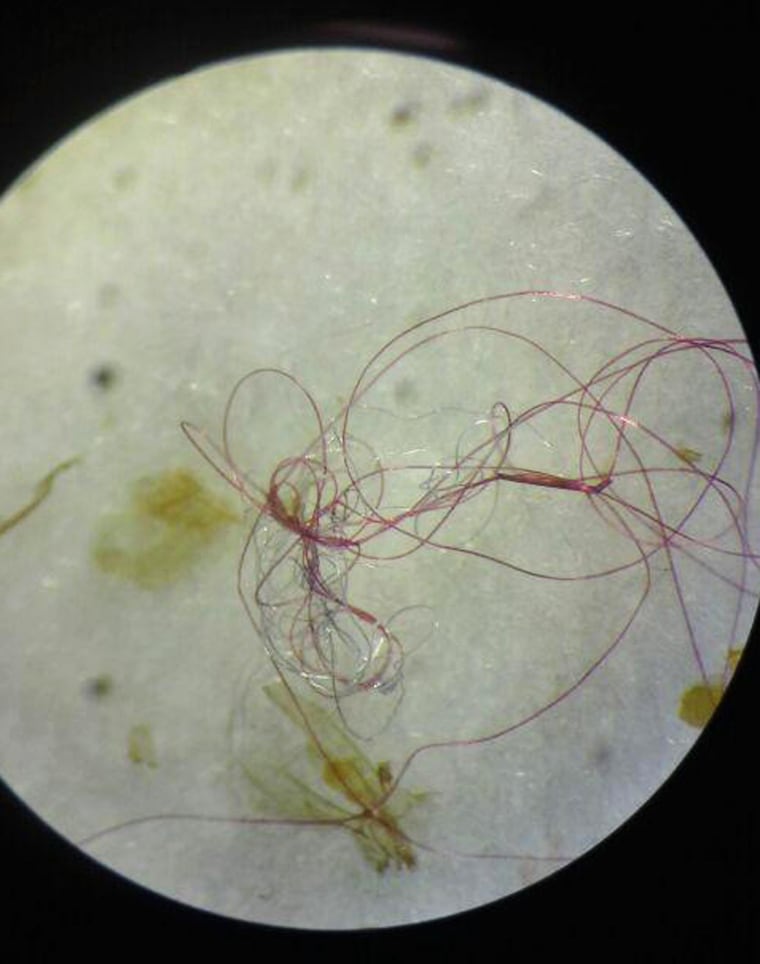Scientists who have reported that the Great Lakes are awash in tiny bits of plastic are raising new alarms about a little-noticed form of the debris turning up in sampling nets: synthetic fibers from garments, cleaning cloths and other consumer products. They are known as "microfibers" — exceedingly fine filaments made of petroleum-based materials such as polyester and nylon that are woven together into fabrics. "When we launder our clothes, some of the little microfibers will break off and go down the drain to the wastewater treatment facility and end up in our bodies of water," Sherri "Sam" Mason, a chemist with the State University of New York at Fredonia, said Friday. The fibers are so minuscule that people typically don't realize their favorite pullover fleece can shed thousands of them with every washing, as the journal Environmental Science & Technology reported in 2011.

Over the past couple of years, Mason and colleagues have documented the existence of microplastic litter — some too small to see with the naked eye — in the Great Lakes. Among the particles are abrasive beads used in personal care products such as facial and body washes and toothpastes. Other researchers have made similar finds in the oceans. A number of companies are replacing microbeads with natural substances such as ground-up fruit pits. Illinois imposed a statewide ban on microbeads last year. Similar measures were proposed in California and New York. But microfibers have gotten comparatively little attention. They've accounted for about 4 percent of the plastic litter that Mason and her students have collected from the Great Lakes.
Mason is preparing a paper on how microplastics are affecting Great Lakes food chains, including fish that people eat. There's also a chance that fibers are in drinking water piped from the lakes, she said.
IN-DEPTH
- 269,000 Tons of Plastic Floats in World's Oceans, Researchers Say
- Math Might Help Nail Oceans' Plastic 'Garbage Patch' Polluters